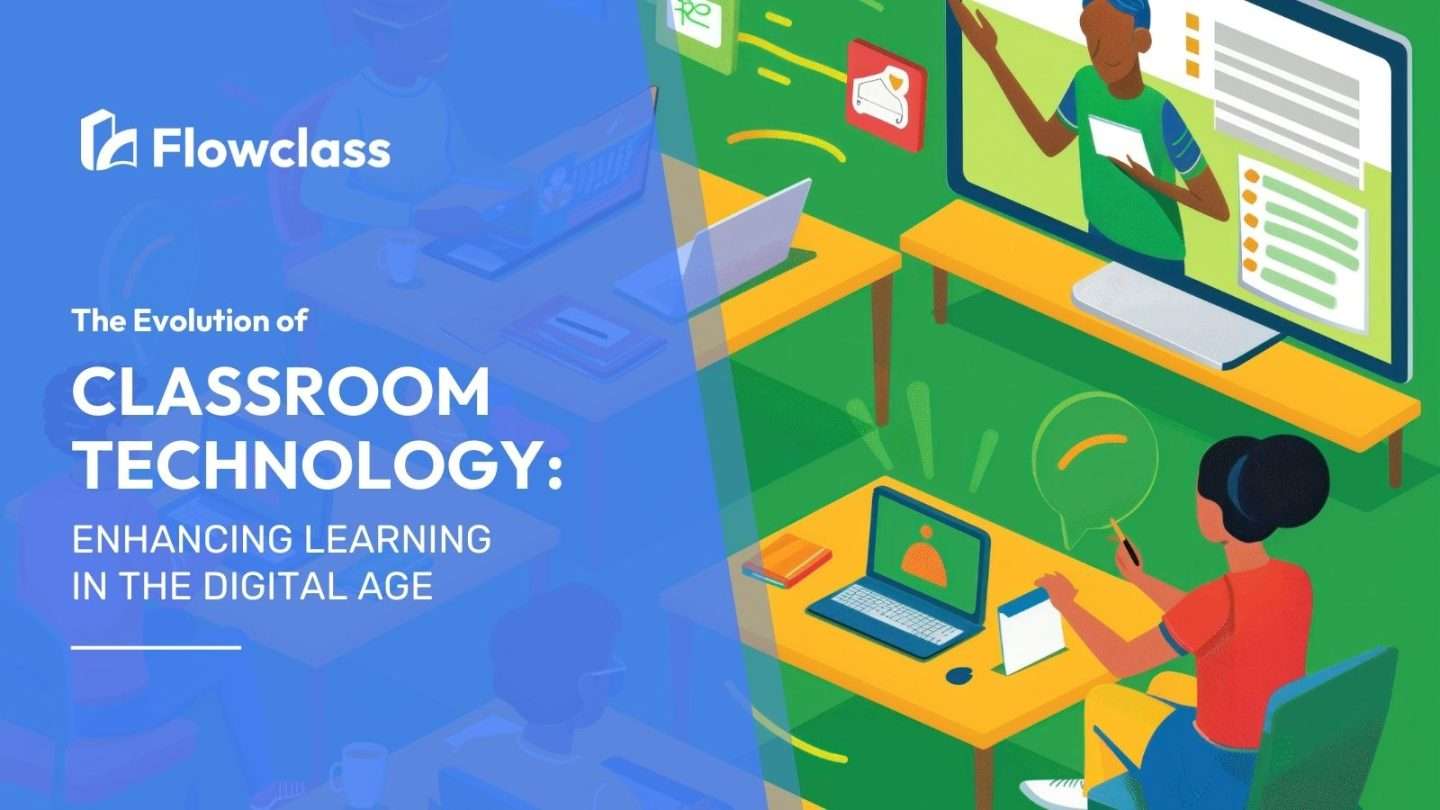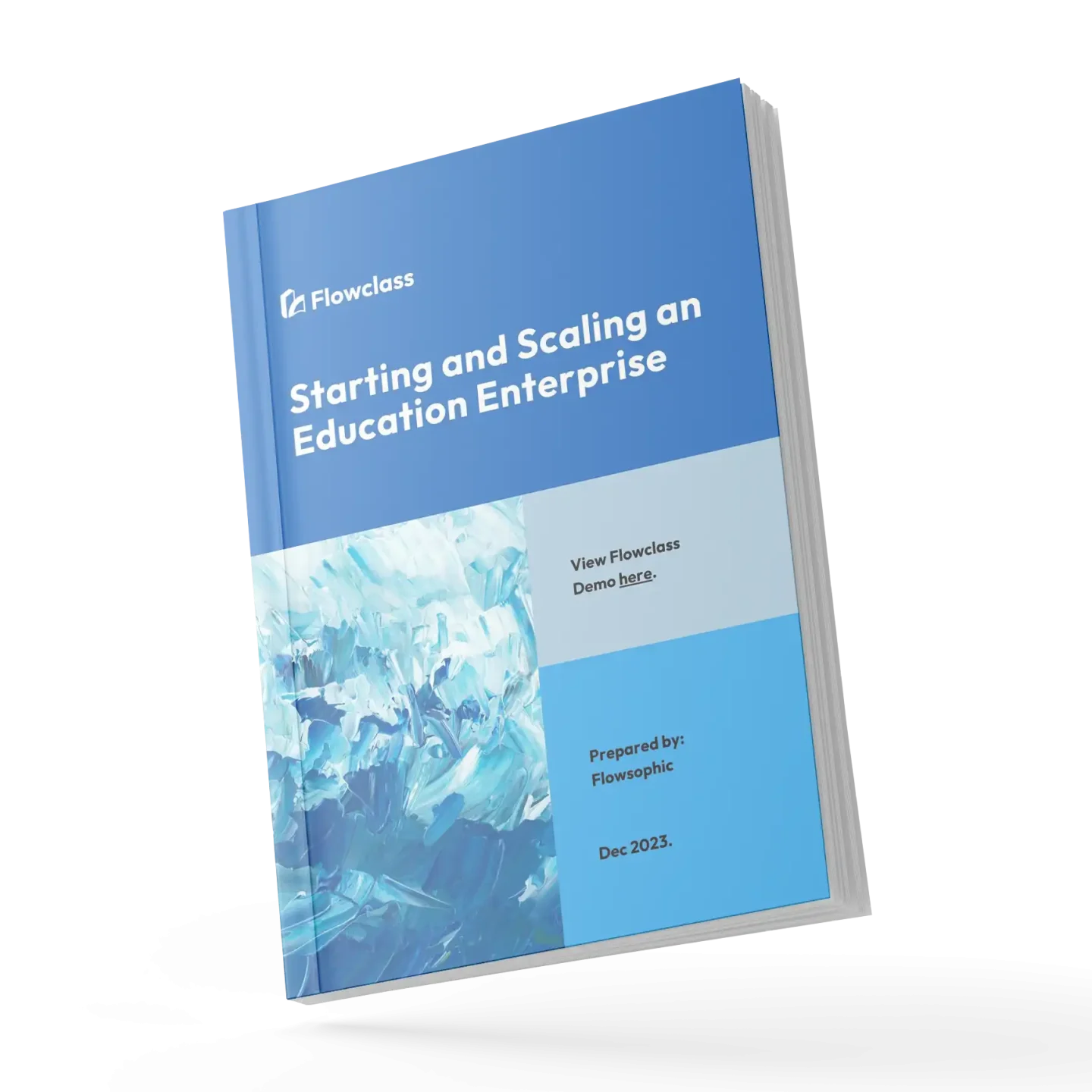In the fast-paced world of education, classroom technology has witnessed a remarkable evolution over the years, revolutionizing the way students learn, and teachers deliver instruction. In today’s digital age, technology has become an indispensable tool in enhancing the learning experience and preparing students for the 21st century workforce. From interactive whiteboards and tablets to virtual reality and artificial intelligence, classrooms are now equipped with a wide range of technological advancements that cater to diverse learning styles and foster engagement.
With the integration of technology, classrooms have become more interactive and dynamic, enabling students to actively participate in their learning process. From collaborative projects and online discussions to interactive simulations and virtual field trips, the possibilities to engage students are endless. Moreover, the accessibility and availability of online resources and educational apps have made learning more personalized and adaptive to individual needs.
As technology continues to evolve, the potential for classroom innovation expands. The future of education will likely witness further advancements such as augmented reality, gamification, and personalized learning platforms, providing students with even more immersive and tailored educational experiences.
In this article, we will explore the evolution of classroom technology, highlighting the ways it enhances learning in the digital age. Join us as we delve into the exciting world of educational technology and its transformative impact on the classroom.
Traditional vs. digital learning methods

In the past, traditional learning methods dominated the classroom landscape. Students would sit in rows, passively absorbing information from textbooks and chalkboard presentations. The teacher was the primary source of knowledge, and students were expected to memorize and regurgitate facts. This one-way transfer of information often led to disengagement and a lack of critical thinking skills.
However, the digital age has ushered in a new era of learning, where technology has become an integral part of the classroom experience. Digital learning methods, such as online courses, interactive simulations, and multimedia presentations, have transformed the way students engage with and absorb information. Instead of passively listening to lectures, students can now actively participate in their learning, exploring concepts through virtual experiments, engaging in collaborative projects, and accessing a wealth of digital resources at their fingertips.
The shift from traditional to digital learning methods has been driven by the recognition that students today are digital natives, having grown up with technology as a constant in their lives. By embracing digital tools and platforms, educators can cater to the learning preferences and needs of these tech-savvy students, fostering a more engaging and personalized learning experience.
The benefits of using technology in the classroom
The integration of technology in the classroom has brought about numerous benefits that enhance the learning process. One of the primary advantages is the increased engagement and motivation of students. Digital tools, such as interactive whiteboards, educational apps, and virtual reality simulations, capture the attention of students and make learning more interactive and enjoyable. When students are actively engaged in their learning, they are more likely to retain information and develop a deeper understanding of the subject matter.
Another significant benefit of using technology in the classroom is the ability to personalize the learning experience. With the availability of adaptive learning platforms and personalized learning algorithms, students can receive tailored instruction and content that cater to their individual learning styles, pacing, and needs. This level of personalization not only improves student outcomes but also helps to address the diverse needs of learners within a classroom.
Furthermore, technology in the classroom facilitates collaboration and communication among students. Online discussion forums, collaborative document editing, and video conferencing tools enable students to work together on projects, exchange ideas, and learn from one another. This collaborative approach fosters the development of essential 21st-century skills, such as teamwork, problem-solving, and critical thinking, which are highly valued in the
modern workforce.
The evolution of classroom technology over the years
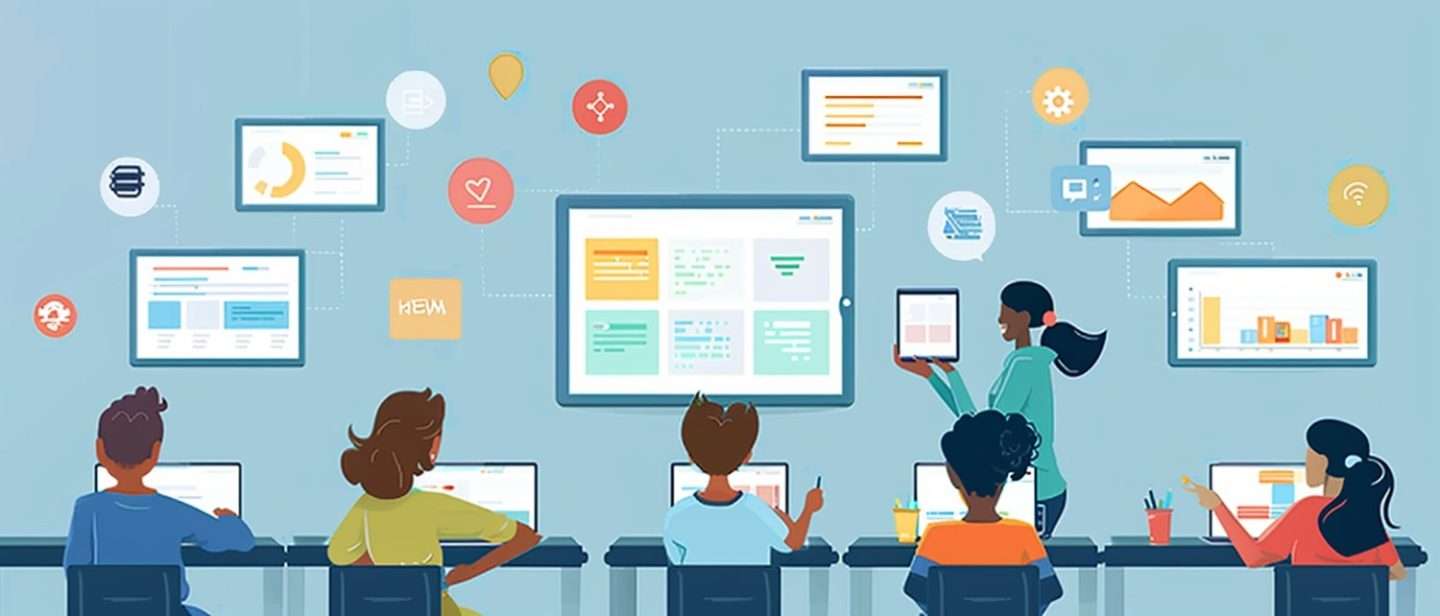
The evolution of classroom technology has been a gradual process, with each decade bringing new advancements and innovations that have transformed the learning environment. In the 1980s and 1990s, the introduction of personal computers and educational software marked the beginning of the digital revolution in the classroom. Students and teachers began to explore the potential of these technologies, using them for research, writing, and basic educational activities.
As the 21st century dawned, the rapid development of the internet and mobile devices further accelerated the integration of technology in the classroom. The advent of interactive whiteboards, tablets, and laptops enabled teachers to create more dynamic and engaging lesson plans, incorporating multimedia content and interactive activities. The rise of educational websites, online learning platforms, and educational apps provided students with a wealth of digital resources to supplement their learning.
In recent years, the classroom has witnessed an even more profound technological transformation. Emerging technologies, such as virtual reality, augmented reality, and artificial intelligence, have opened up new frontiers in education. These innovative tools allow students to immerse themselves in virtual learning environments, explore complex concepts through interactive simulations, and receive personalized feedback and guidance from intelligent tutoring systems. As technology continues to evolve, the potential for further advancements in classroom technology remains vast and exciting.
Examples of innovative classroom technologies
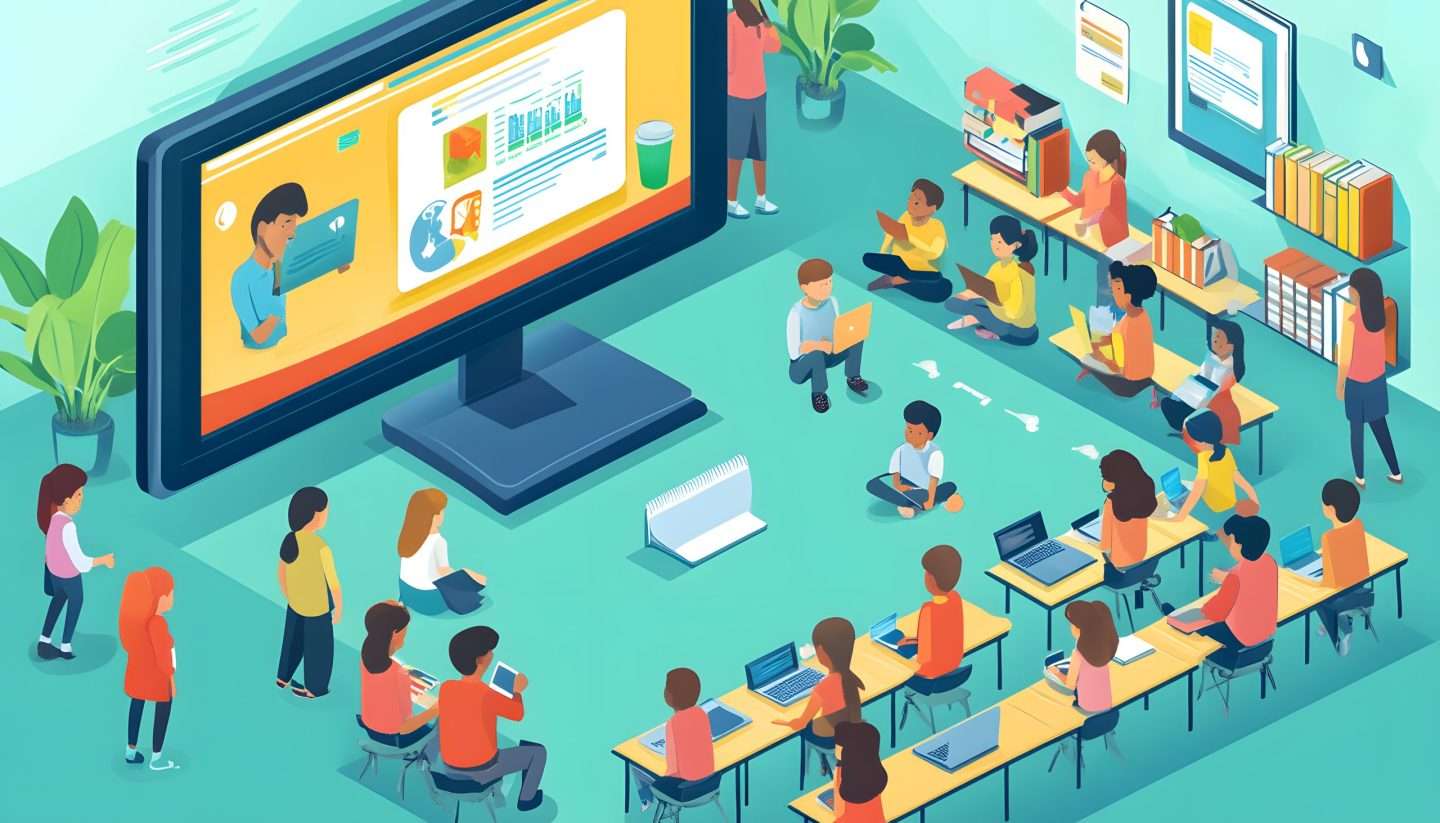
One of the most prominent examples of innovative classroom technologies is the interactive whiteboard. These digital boards, often referred to as smartboards, allow teachers to seamlessly integrate multimedia content, videos, and interactive activities into their lessons. With the ability to annotate, manipulate, and save digital content, interactive whiteboards have revolutionized the way teachers present information and engage students in the learning process.
Another innovative technology that has gained traction in the classroom is the tablet or laptop. These mobile devices have become essential tools for students, enabling them to access digital textbooks, educational apps, and online resources. Furthermore, the integration of tablets and laptops has facilitated collaborative learning, as students can work together on group projects, share files, and engage in real-time discussions.
Virtual reality (VR) and augmented reality (AR) technologies have also made their way into the classroom, offering students immersive and engaging learning experiences. VR headsets can transport students to virtual field trips, allowing them to explore historical sites, scientific phenomena, or even distant planets. AR, on the other hand, enhances the physical classroom environment by superimposing digital content onto the real world, enabling students to interact with 3D models and visualize complex concepts in a more tangible manner.
How technology enhances learning in the digital age
The integration of technology in the classroom has profoundly enhanced the learning experience for students in the digital age. One of the most significant ways technologies enhances learning is by fostering increased engagement and motivation. Digital tools and interactive content capture the attention of students, who are often digital natives, and encourage them to actively participate in their learning.
Furthermore, technology enables personalized and adaptive learning, catering to the unique needs and learning styles of each student. Adaptive learning platforms, for instance, can adjust the difficulty and content of the lessons based on the student’s performance, ensuring that they receive the appropriate level of challenge and support. This personalized approach not only improves student outcomes but also helps to address the diverse needs within a classroom.
Another way technology enhances learning is by facilitating collaboration and communication among students. Digital tools, such as online discussion forums, collaborative document editing, and video conferencing, allow students to work together on projects, share ideas, and learn from one another. This collaborative approach fosters the development of essential 21st-century skills, such as teamwork, problem-solving, and critical thinking, which are highly valued in the modern workforce.
Challenges and considerations when implementing classroom technology
While the integration of technology in the classroom has brought about numerous benefits, it also presents challenges and considerations that educators must address. One of the primary challenges is the issue of equity and accessibility. Not all students may have access to the necessary devices or reliable internet connectivity, which can create a digital divide and exacerbate existing educational inequalities.
Another consideration is the need for adequate teacher training and professional development. Integrating technology into the classroom effectively requires teachers to be comfortable with the tools and platforms, as well as to have the necessary skills to incorporate them into their lesson plans. Providing ongoing support and training for teachers is crucial to ensure the successful implementation of classroom technology.
Additionally, the issue of digital distraction and screen time must be carefully managed. While technology can enhance learning, it can also be a source of distraction if not used judiciously. Educators must strike a balance between the benefits of technology and the potential negative impacts on student focus and well-being. Establishing clear guidelines and policies for the appropriate use of technology in the classroom can help mitigate these concerns.
Best practices for integrating technology into the classroom
To ensure the successful integration of technology into the classroom, educators should follow a set of best practices. Firstly, it is essential to have a clear and well-defined technology integration plan that aligns with the school’s or district’s educational goals and learning objectives. This plan should outline the specific technologies to be used, the intended learning outcomes, and the strategies for implementation and professional development.
Secondly, it is crucial to provide ongoing and comprehensive training for teachers. Equipping educators with the necessary skills and knowledge to effectively use technology in the classroom is crucial for successful implementation. This training should cover not only the technical aspects of the tools but also the pedagogical approaches for integrating technology into lesson plans and instructional practices.
Furthermore, it is important to create a technology-rich environment that is accessible and inclusive for all students. This may involve ensuring that all students have access to the necessary devices and internet connectivity, as well as providing alternative options for those who may not have access at home. Additionally, educators should consider the diverse needs and learning styles of their students when selecting and implementing technology in the classroom.
The future of classroom technology
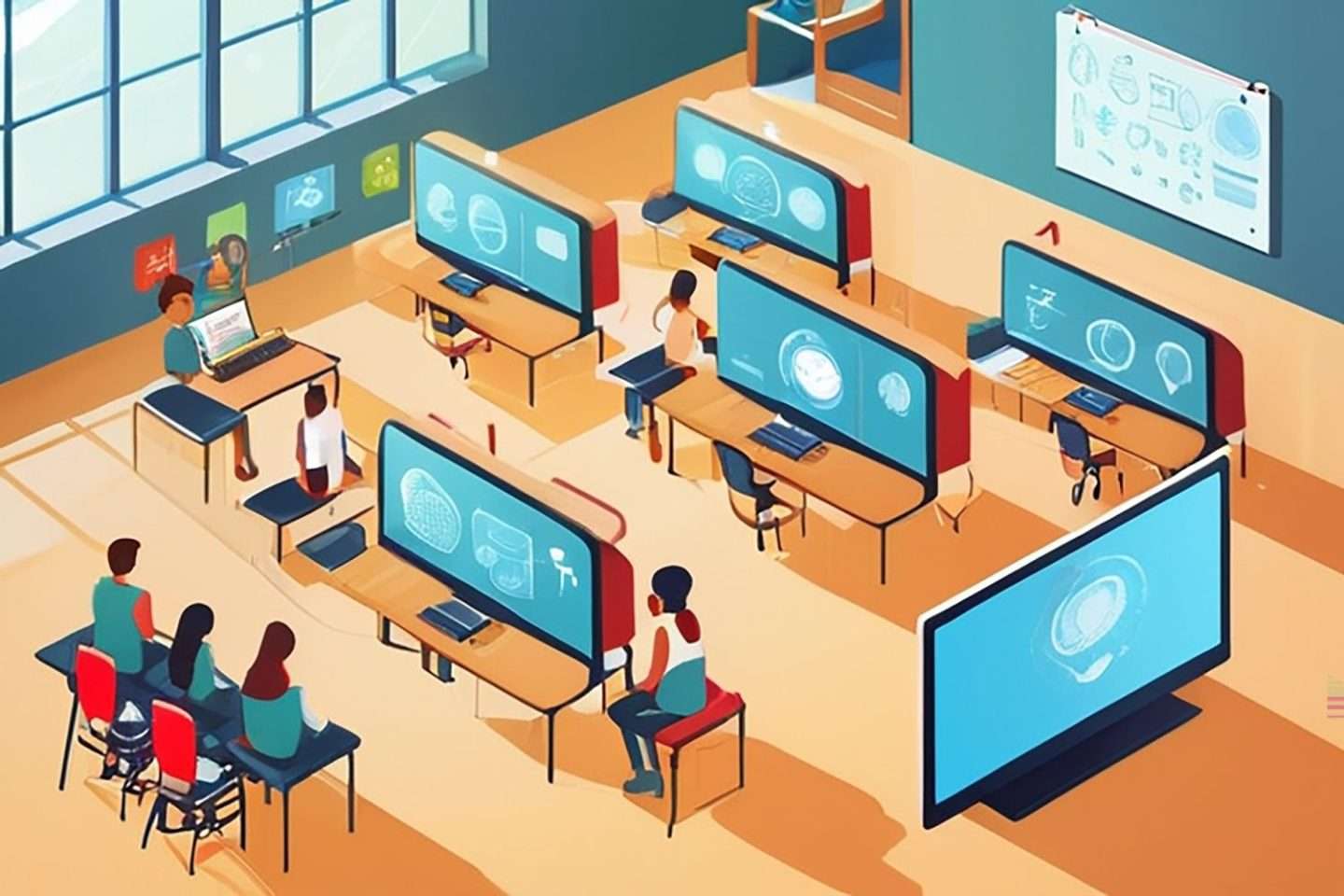
As we look towards the future of classroom technology, the possibilities are both exciting and transformative. One area that is expected to see continued growth and innovation is the use of artificial intelligence (AI) and machine learning in education. AI-powered adaptive learning platforms and intelligent tutoring systems can provide personalized feedback, recommendations, and support to students, tailoring the learning experience to their individual needs and abilities.
Another emerging trend in the future of classroom technology is the increased integration of virtual and augmented reality. As these immersive technologies become more accessible and user-friendly, they will likely play a larger role in the classroom, allowing students to explore and interact with virtual environments, visualize complex concepts, and engage in simulations that were previously impossible in a traditional classroom setting.
Additionally, the continued advancement of cloud-based technologies and collaborative tools will further enhance the ways in which students and teachers can work together, share resources, and access information. The integration of cloud-based platforms, video conferencing, and real-time document collaboration will enable seamless remote and hybrid learning experiences, breaking down the traditional boundaries of the physical classroom.
Conclusion: Embracing the digital age in education
As we have explored, the evolution of classroom technology has transformed the way students learn, and teachers deliver instruction. From interactive whiteboards and tablets to virtual reality and artificial intelligence, the integration of technology in the classroom has brought about numerous benefits that enhance the learning experience.
By embracing the digital age, educators can foster increased engagement, personalized learning, and collaborative opportunities for their students. As technology continues to evolve, the potential for further advancements in classroom technology remains vast and exciting, promising to shape the future of education in profound ways.
However, the successful implementation of classroom technology requires careful planning, adequate teacher training, and a commitment to addressing the challenges and considerations that arise. By following best practices and maintaining a student-centered approach, educators can harness the power of technology to create dynamic, engaging, and personalized learning environments that prepare students for the demands of the 21st-century workforce.
As we move forward, it is essential that we continue to explore and embrace the evolving landscape of classroom technology, leveraging its capabilities to enhance the learning experience and empower the next generation of learners. By doing so, we can ensure that education remains relevant, engaging, and responsive to the ever-changing needs of our digital world.
📣Want to know the best way to manage your students? Visit our blog to “The Ultimate Guide to Efficiently Managing Students with a Student Management System” to learn more!

